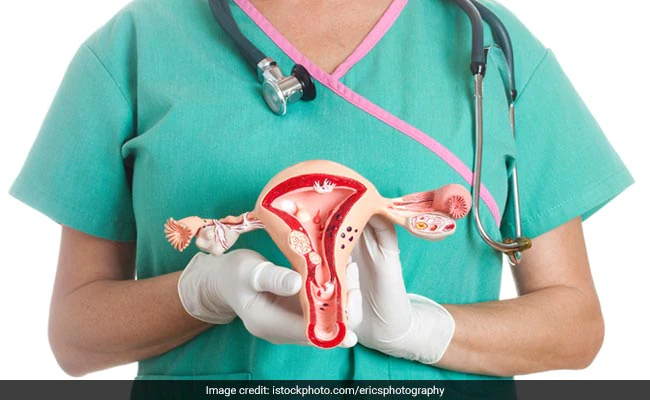The majority of cases of cervical cancer are caused by HPV. The cells of the cervix, the lower portion of the uterus that attaches to the vagina, are where cervical cancer develops. While the exact cause of the cervical cells’ DNA alteration is unknown, gynecologic oncologist Kristina Butler of the Mayo Clinic thinks that HPV undoubtedly plays a part.
The most prevalent sexually transmitted infection in the United States is HPV. According to Dr. Butler, “almost 85% of the general public has been exposed.” The majority of HPV carriers never develop cervical cancer.
Cervical cancer can be avoided by screening exams and the HPV vaccine. According to Paul Magtibay, M.D., a gynecologic oncologist at the Mayo Clinic, “Pap smears and HPV testing have significantly reduced the incidence of cervical cancer in the United States.”
Here are some steps you may take if you have a cervix to lower your risk of getting cervical cancer:
1. Discuss the HPV vaccine with your healthcare provider
When given before a person starts having sexual activity, the HPV vaccine provides the greatest level of protection. The HPV vaccine is advised for routine vaccination beginning at age 11 or 12 and continuing through age 26 for everyone who has not already received it.
Adults aged 27 to 45 who have never received the HPV vaccine should talk to their doctor about it.
2. Submit to regular screenings as advised by your healthcare provider
Precancerous cells that may one day turn into cervical cancer can be found with screening tests.
Pap tests
Typically, a pelvic exam is performed in addition to a Pap test, also known as a Pap smear. Your doctor scrapes and brushes cells from your cervix during a Pap test, and the lab checks them for anomalies afterward. The cervix contains aberrant cells that can be found during a Pap test, including cancerous cells and cells that have alterations that raise the risk of cervical cancer.
HPV DNA analysis
The HPV DNA test, which examines cells taken from the cervix for infection with any of the HPV strains most likely to cause cervical cancer, may be coupled with the Pap test in women older than 30. A Pap test may occasionally be substituted with an HPV test.
The screening procedures and schedule that are most suitable for you should be discussed with your healthcare provider.
You have a better chance of being cured if cervical cancer is discovered early. The goal, according to Dr. Butler, is to find cervical cancer as soon as feasible. Early-stage cervical cancer has a significantly better prognosis and lower recurrence rate.
3. Engage in safe sex
According to Dr. Butler, skin-to-skin contact—often during sexual encounters—is how HPV is transmitted.
Early initiation of sexual activity and the number of sexual partners you have both raise your chance of HPV infection. You run a higher risk if you have sex with a partner who has had several sex partners.
By limiting the number of sexual partners you have and using a condom each time you have sex, you can lower your risk of cervical cancer by taking steps to prevent HPV and other STDs.
4. Don’t smoke or have no plans to start
Smokers are more likely than non-smokers to develop cervical cancer, according to the American Cancer Society. According to researchers, tobacco byproducts that have been discovered in smokers’ cervical mucus may harm the DNA of cervix cells, which can aid in the emergence of cervical cancer. Smoking impairs the immune system’s capacity to combat diseases like HPV.
Stop smoking if you don’t already. If you currently smoke, discuss quitting methods with a health care provider.

